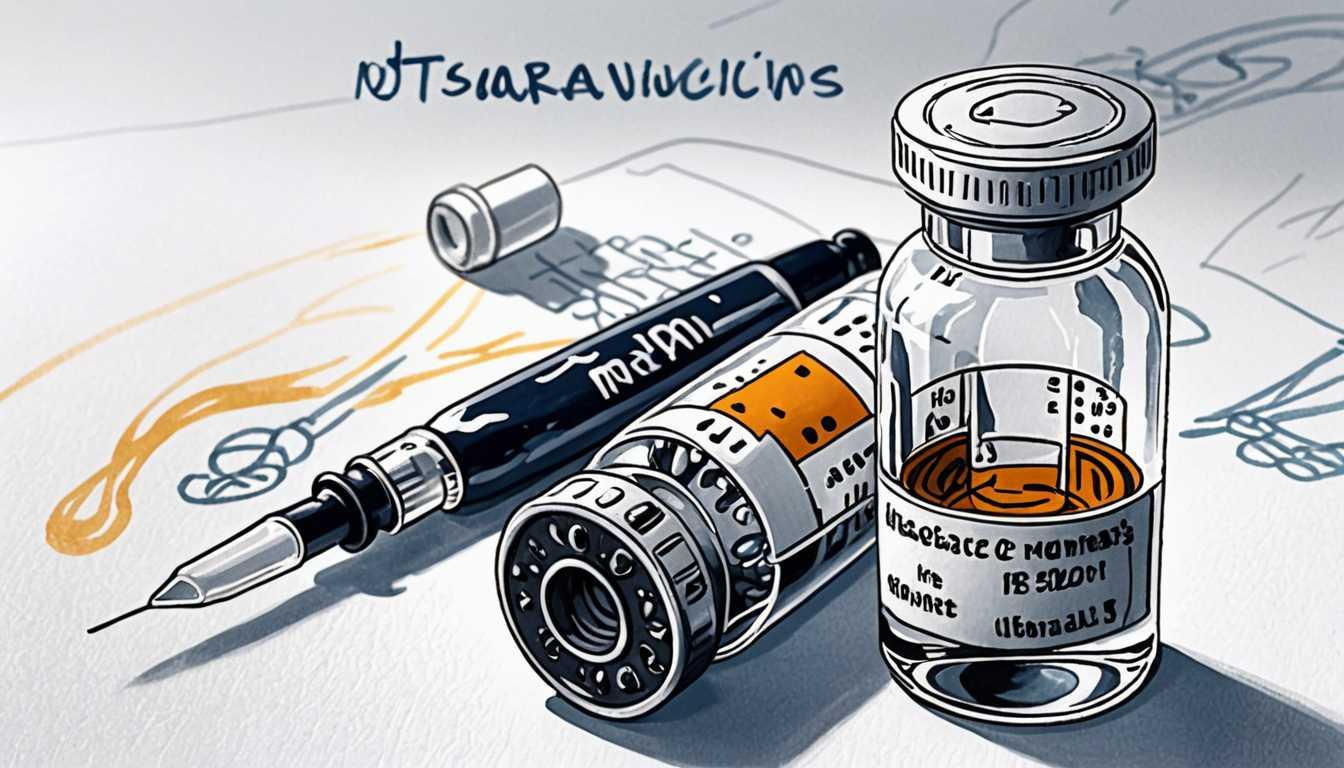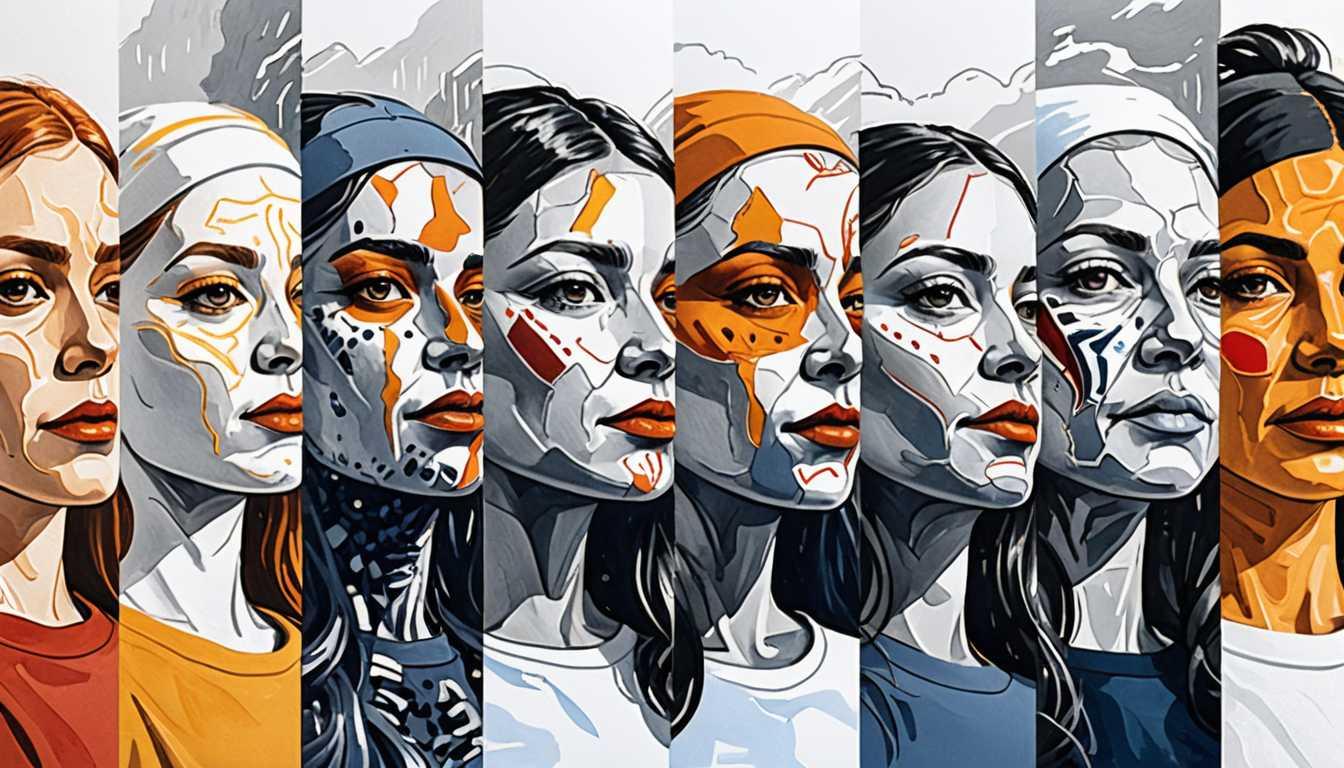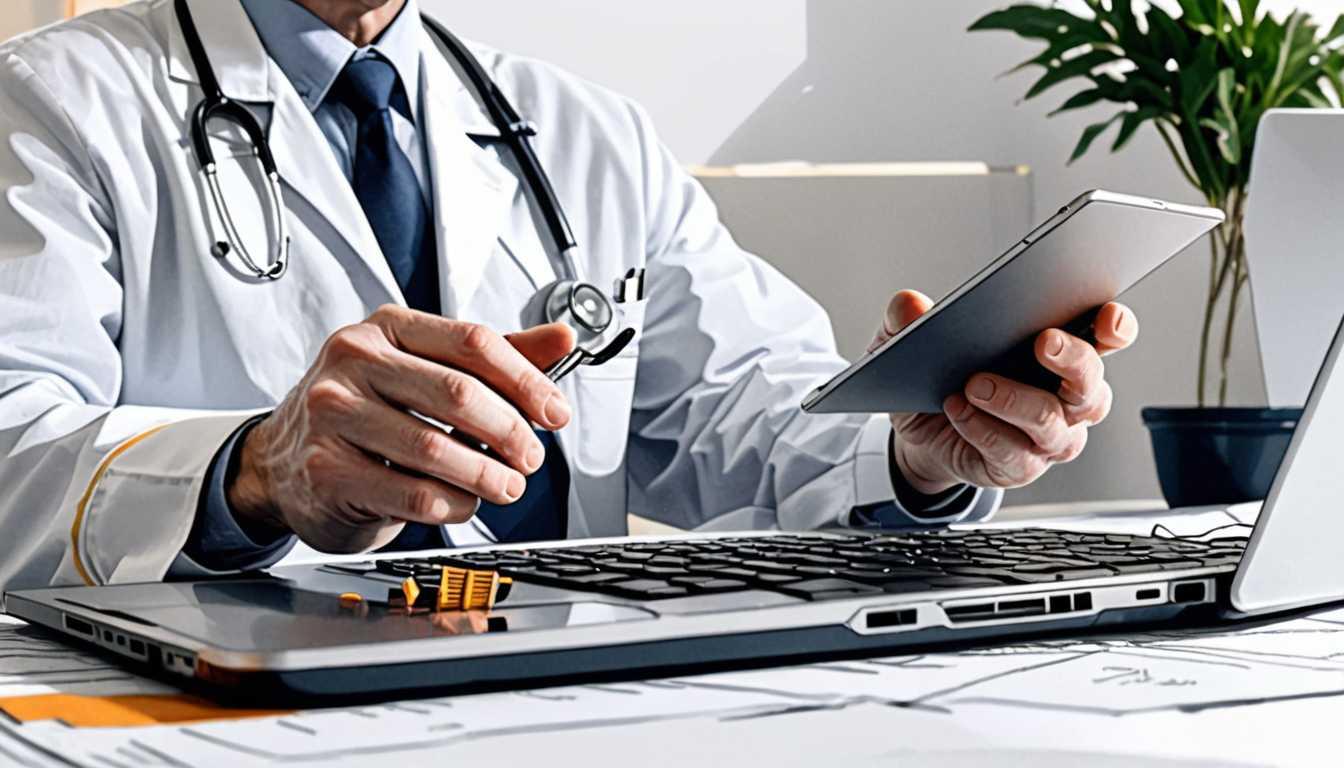Gadgets, Bias, and Healthcare Equality
June 2023
Massachusetts Institute of Technology (MIT)
Introduction
Dive into the fascinating world of medical devices with a twist! This article from MIT uncovers how a simple $20 pulse oximeter became a lifesaver during the Covid-19 crisis. Inside the historic MIT Museum, students are not just learning; they're building these gadgets themselves! Led by award-winning Professor Amy Moran-Thomas, they're exploring the hidden social assumptions baked into health tech. From DIY kits to challenging biases in medical technology, this class is on a mission to make healthcare equitable for all. Ready to see how a tiny device can spark big questions?
READ FULL ARTICLEWhy It Matters
Discover how this topic shapes your world and future
Unveiling the Hidden Stories of Medical Marvels
Imagine a world where a simple device you can buy at your local drugstore not only helps monitor your health but also opens up a universe of questions about society, technology, and ethics. This is not a scene from a futuristic novel; it's the reality of medical devices like the fingertip pulse oximeter. In the midst of a global crisis like the COVID-19 pandemic, these devices became lifelines, determining who received critical care. But have you ever stopped to think about the stories these devices tell beyond their medical use? They carry within them assumptions about who we are and how we live our lives, influenced by our society's values, biases, and historical decisions. Exploring these stories helps us understand not just the science behind the devices, but also the societal implications of their design and use. This journey into the social lives of medical objects can reveal fascinating insights about our world and ourselves, making us question and, hopefully, inspiring us to innovate for a more inclusive future.
Speak like a Scholar
Ethnography
A research method used to study cultures and societies by observing and interacting with people in their natural environment. Think of it as being a cultural detective.
Material culture
The physical objects, resources, and spaces that people use to define their culture. This includes everything from buildings and historical sites to everyday items like medical devices.
Bias
Prejudice in favor of or against one thing, person, or group compared with another, usually in a way considered to be unfair. In technology, this can mean designs that don't work as well for everyone.
Equitable design
Creating products and services in a way that considers and meets the needs of diverse users. It's about fairness in the way we create things.
Open data
Information that is available for anyone to use, share, and distribute without restrictions. It's like a library with no locks on the books.
Algorithm
A set of rules or a specific process for solving problems or performing tasks, often used by computers. Imagine it as a recipe that tells your computer how to bake a cake.
Independent Research Ideas
The evolution of medical devices in responding to global health crises
Explore how medical devices have adapted over time to meet the challenges posed by global health emergencies. What does history teach us about innovation in times of need?
Cultural perceptions and misconceptions in medical device design
Investigate how cultural beliefs and misconceptions influence the design and functionality of medical devices. How can understanding diverse perspectives lead to better designs?
The role of bias in health technology algorithms
Delve into how algorithms in health technology can be biased and the impact this has on patient care. What are the consequences, and how can they be mitigated?
Designing for everyone - The future of equitable medical devices
Imagine a future where medical devices work perfectly for every user. What steps must be taken in design and testing to make this a reality?
The impact of open data on medical research and device development
Examine how open data initiatives can revolutionize medical research and the development of new devices. How does sharing information lead to breakthroughs?
Related Articles

Outsmarting Pandemics: A New Vaccine Play
June 2023
Cornell University

AI Bias in Healthcare Unveiled
August 2023
Massachusetts Institute of Technology (MIT)

Chemo Crisis: A Supply Chain Breakdown
August 2023
MIT Technology Review

Sponge Capsule: Goodbye, Endoscopy?
February 2024
University of Cambridge

Telemedicine Slashes Hospital Revisits
April 2024
Imperial College London